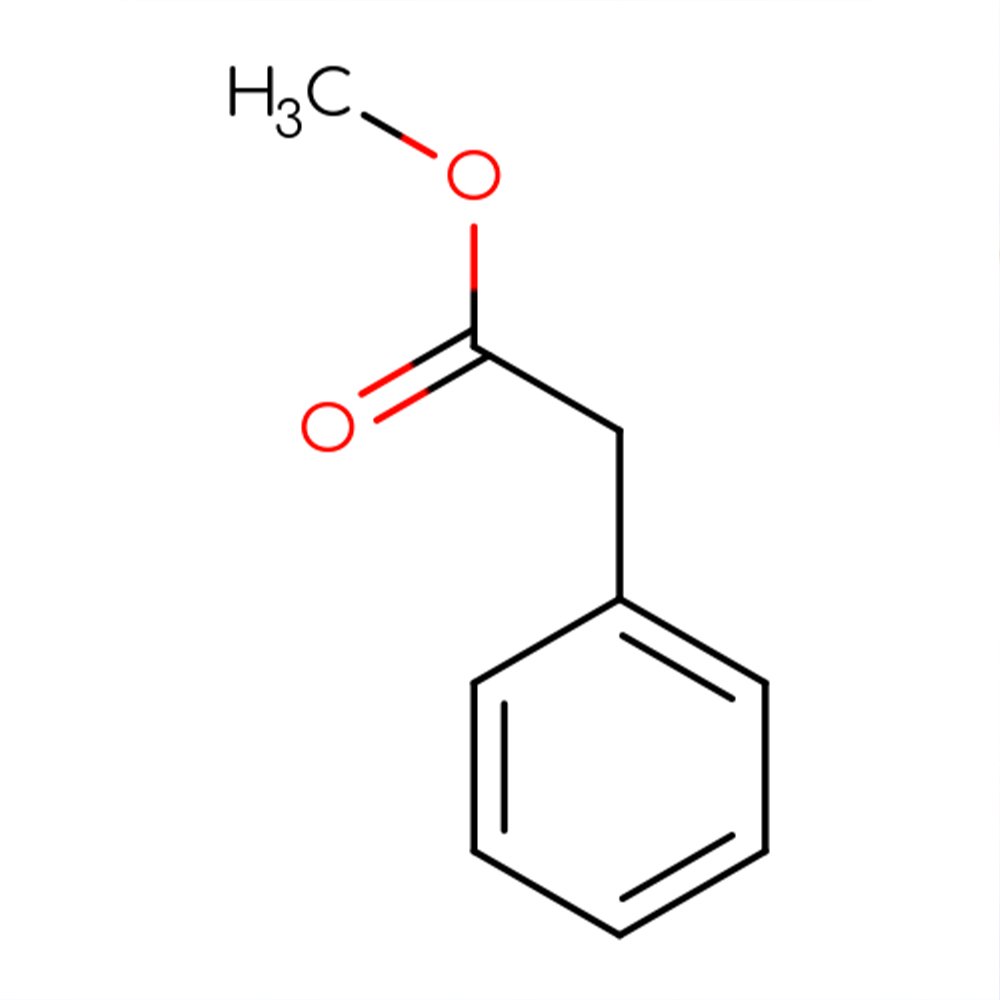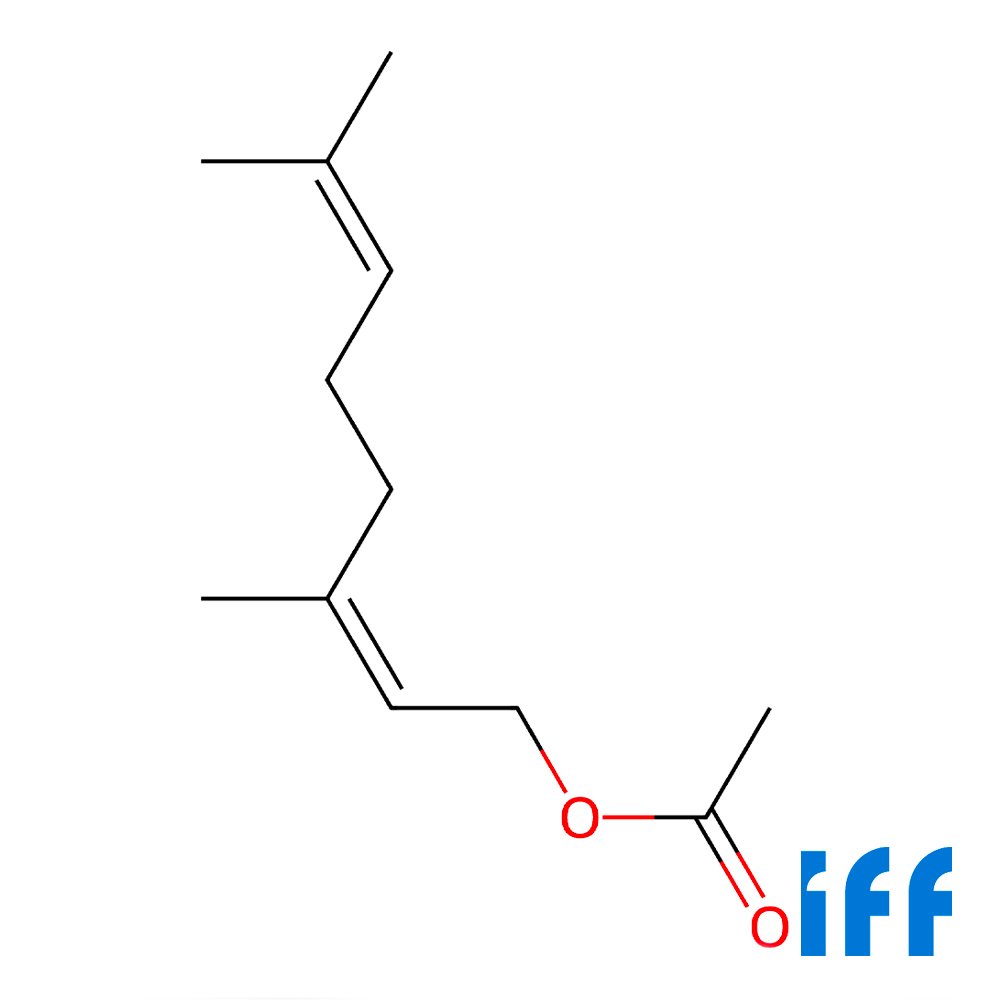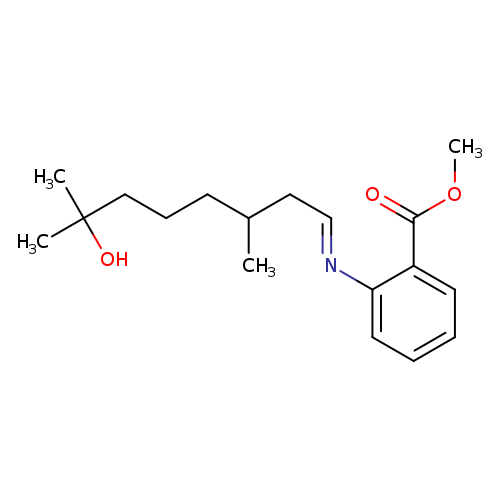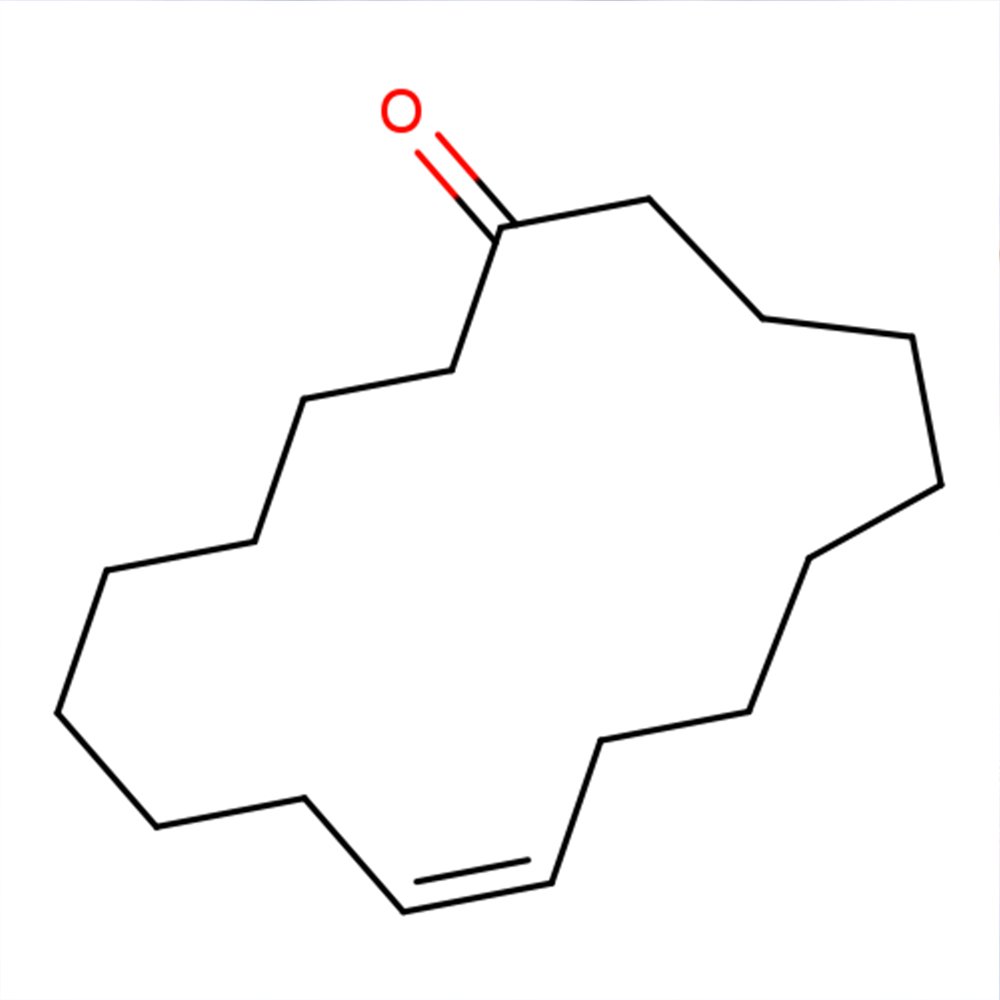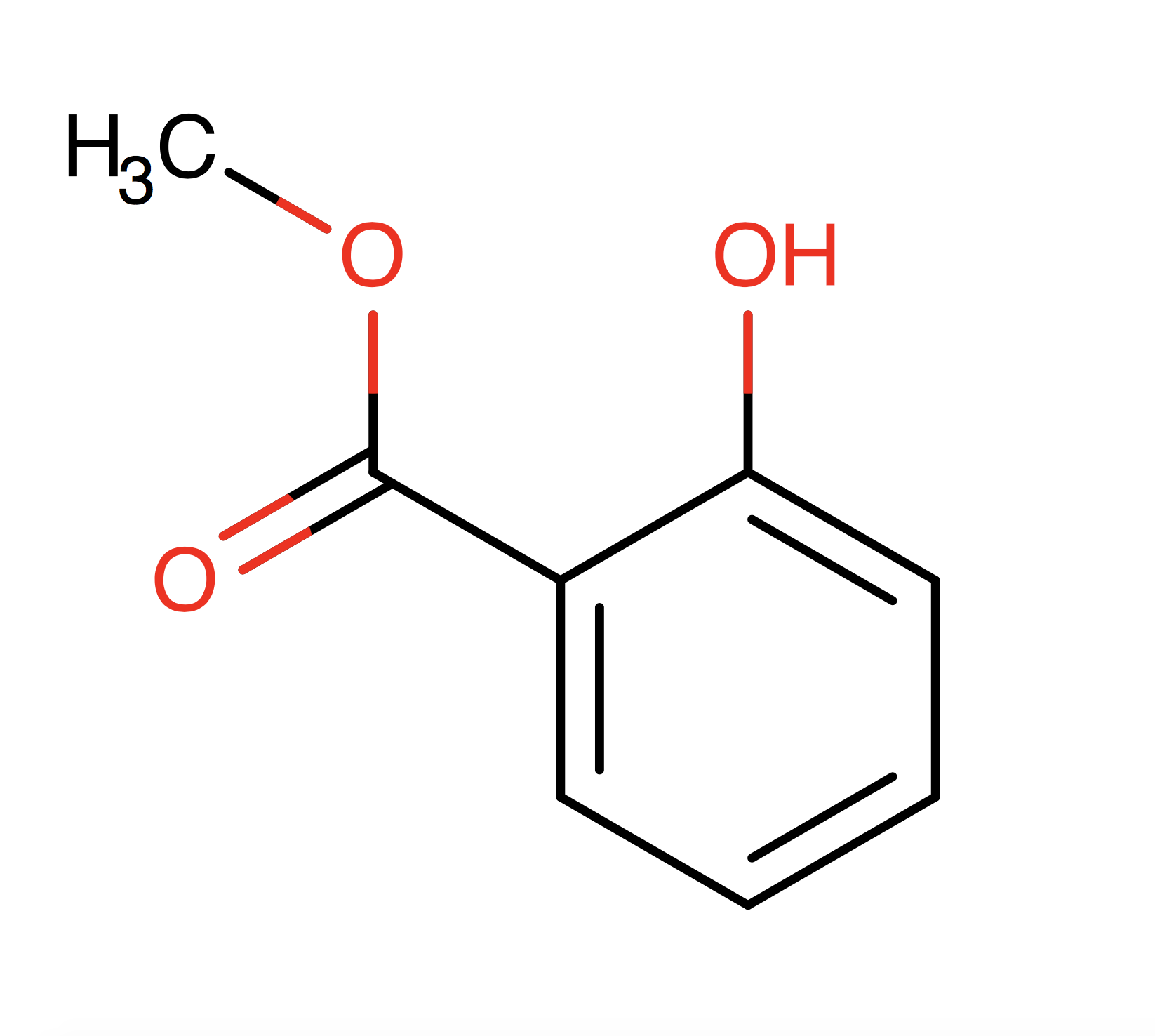 Image 1 of 2
Image 1 of 2

 Image 2 of 2
Image 2 of 2



Methyl Salicylate
Premium Synthetic Ingredient for Perfumery
Methyl Salicylate (CAS 119-36-8), also known as oil of wintergreen, is a synthetic or naturally derived ester widely used in fragrance, flavor, and pharmaceutical applications. It offers a powerful narcotic-medicinal olfactory character with warm, sweet, salicylate nuances. In perfumery, it functions as a top-to-mid note modifier, contributing intensity, contrast, and medicinal brightness in trace amounts.
Use levels are strictly regulated due to its high systemic toxicity, especially in children.
Premium Synthetic Ingredient for Perfumery
Methyl Salicylate (CAS 119-36-8), also known as oil of wintergreen, is a synthetic or naturally derived ester widely used in fragrance, flavor, and pharmaceutical applications. It offers a powerful narcotic-medicinal olfactory character with warm, sweet, salicylate nuances. In perfumery, it functions as a top-to-mid note modifier, contributing intensity, contrast, and medicinal brightness in trace amounts.
Use levels are strictly regulated due to its high systemic toxicity, especially in children.
Premium Synthetic Ingredient for Perfumery
Methyl Salicylate (CAS 119-36-8), also known as oil of wintergreen, is a synthetic or naturally derived ester widely used in fragrance, flavor, and pharmaceutical applications. It offers a powerful narcotic-medicinal olfactory character with warm, sweet, salicylate nuances. In perfumery, it functions as a top-to-mid note modifier, contributing intensity, contrast, and medicinal brightness in trace amounts.
Use levels are strictly regulated due to its high systemic toxicity, especially in children.
Synthetic Ingredient Overview
🔎 Chemical Name: Methyl 2-hydroxybenzoate
🧪 Synonyms: Wintergreen oil, Salicylic acid methyl ester, Gaultheria oil
🧬 Chemical Formula: C₈H₈O₃
📂 CAS N°: 119-36-8
📘 FEMA: 2745
⚖️ MW: 152.15 g/mol
📝 Odor Type: Medicinal, Salicylate
📈 Odor Strength: High (recommended at ≤10% dilution for olfaction)
👃🏼 Odor Profile: Warm, sweet, rooty-fruity, medicinal, salicylate-tuberose; burning at high concentration; commonly misidentified as “minty” due to flavor conditioning
⚗️ Uses: Top note modifier, salicylate contrast agent
🧴 Appearance: Colorless to pale yellow liquid
What is Methyl Salicylate?
Methyl Salicylate is an aromatic ester of salicylic acid, first isolated from Gaultheria procumbens (Eastern teaberry) in the 19th century and now largely produced synthetically. It is a potent fragrance and flavoring material that contributes narcotic-sweet, balsamic intensity in very small dosages.
Due to its structural similarity to salicylic acid, it possesses both functional analgesic activity and intense aromatic persistence. Though colloquially described as “minty,” this association stems from widespread use in flavored candies and oral hygiene products. Accurate olfactory classification identifies it instead as sweet-medicinal with wintergreen and tuberose nuances.
Olfactory Profile & Perfumery Applications
Methyl Salicylate delivers a rooty, sweet, balsamic medicinal note with aromatic lift. It offers:
Warm, salicylate richness
Fruity-phenolic edges reminiscent of tuberose or birch tar
A narcotic, diffusive top that lingers into the heart note
Applications in perfumery include:
Narcotic florals (e.g., tuberose, gardenia, jasmine grandiflorum)
Vintage leather and birch tar reconstructions
Wintergreen fantasy themes
Functional fragrance (e.g., antiseptic soaps, balms)
Smoky and spicy top note effects in florientals
Note: Maximum IFRA concentration for leave-on skin products is 0.29%, assuming fragrance use at 20%.
Suggested internal link: See Smell of Specific Chemical Groups for insights on esters and salicylates in perfumery.
Industrial & Technical Uses
Beyond perfumery, Methyl Salicylate is employed in:
Chewing gum and mint flavorings (≤0.04%)
Medicinal liniments and rubefacients (counter-irritant)
Oral care formulations (mouthwash, toothpaste)
Entomological studies: Orchid bee attractant
Microscopy: Clearing agent for biological samples
Manual printing and imaging transfers
Rubber softener: Restores elastomer flexibility
Triboluminescence demonstrations: Crushed wintergreen candies emit visible sparks
Regulatory & Safety Overview
IFRA Limit (Leave-on skin): 0.29%
Cosmetic limit (EU): 0.13%
FEMA GRAS: Approved (No. 2745) for use in trace flavor applications
ECHA REACH: Classified for acute toxicity, eye and skin irritation
Toxicity: Lethal at small volumes (4–5 mL in children); DO NOT use undiluted
Poisoning symptoms: Metabolic acidosis, CNS depression, respiratory failure
Notable incident: A 17-year-old athlete fatally overdosed in 2007 via transdermal absorption from excessive topical methyl salicylate use.
Proper dilution, application, and labeling are critical in fragrance and flavor development to avoid misuse or toxicity.
Suggested internal link: IFRA Limits for full concentration guidelines.
Additional Information
Occurs naturally in: white wine, tea, vanilla, cherry, clary sage, porcini mushroom, papaya
Known for strong top note dominance and burning sensation at high concentrations
Avoid combining with menthol or eucalyptol in flavor profiles unless specifically designed
Sources
Scentspiracy-provided research and summary
PubChem Compound Summary – CID 4133
FEMA GRAS Database
IFRA Use Level Survey & Standards Documentation
ECHA Substance Information
Historical case reports and pharmacology literature
